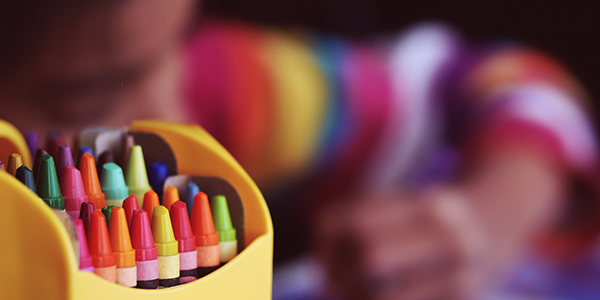
Helping children grow through failure
[spb_text_block animation=”none” animation_delay=”0″ simplified_controls=”yes” custom_css_percentage=”no” padding_vertical=”0″ padding_horizontal=”0″ margin_vertical=”0″ custom_css=”margin-top: 0px;margin-bottom: 0px;” border_size=”0″ border_styling_global=”default” width=”1/1″ el_position=”first last”]
Mistakes? Yes please!
Why helping our children fail is essential for success.
In a society that worships perfection, we have become accustomed to thinking that failure should be avoided and success is the clear path to growth and status. In truth, if a child never has a chance to triumph over difficulties they won’t develop confidence in their ability to face life’s challenges. Failure builds grit, a characteristic strongly associated with success and if your child is never failing, it probably means they aren’t working up to their potential.
But failure can be hard on a child’s self esteem without a few key parenting tools. So what can we do as parents to help our children grow through this difficult but important challenge?
Here are my top three tips for turning mistakes into an opportunity for growth:
1. Don’t just say the words, be the change that inspires them.
Children learn primarily through example so don’t be afraid to share your own challenges. Modelling determination and a growth mindset in the face of setbacks is a great way to teach them how to do the same. It can be difficult to share your own failures with your children but watching you bounce back can be an inspiring example of how to solve problems in their own lives.
If you can’t think of an example to share you may want to attempt something new yourself. Take up an instrument, join a sports team or reattempt French. Every day we ask our children to go to school and happily apply themselves in a range of challenging and unfamiliar activities. But as adults we often forget how hard these challenges can be. Trying something new ourselves is a great way build empathy for our children, become better guides and continue to keep our adult brains healthy and growing. Pay attention to your own journey and be sure to share all the emotions you experience.
2. Think empathy first, tools second.
Don’t jump to fix your child’s feelings. When your child is frustrated, angry or sad about their struggles this isn’t something we need to change. In fact, the more we try to fix the feeling, the harder they have to fight to be heard and the deeper they hold onto the feeling. The next time your child faces a challenge start with empathy. Try saying, “I understand that you are frustrated. I would be frustrated too”. Then use an example from your life when you experienced something similar. After your child really feels their emotion was heard and validated you can start to explore tools that will help them think differently about the problem. The deep trust and emotional connection you build will calm your child and help them turn on the parts of their brain needed for solution building.
3. Focus on what they are building.
Think about grit as a skill that can only be built through difficult challenges. If we want our children to persevere through tough times, bounce back and learn from failure they need to practice this skill. We wouldn’t expect our children to be great at piano without ever sitting down to play and grit is no different. Encourage failure as you would practicing soccer or doing math homework. Explain to them why grit is important and reframe failure as a positive way to build this essential skill. Share stories of gritty sports figures, family members or others your child looks up to, highlighting the growth that challenges brought them.
By following these simple and effective steps we can help our children get excited about challenges and thrive in all kids of weather.
[/spb_text_block]
